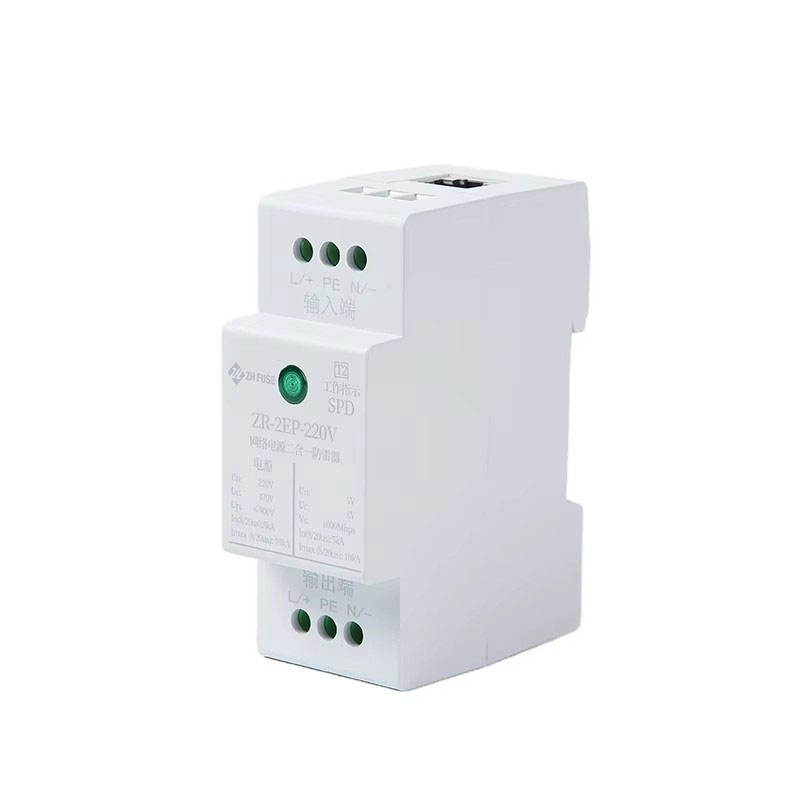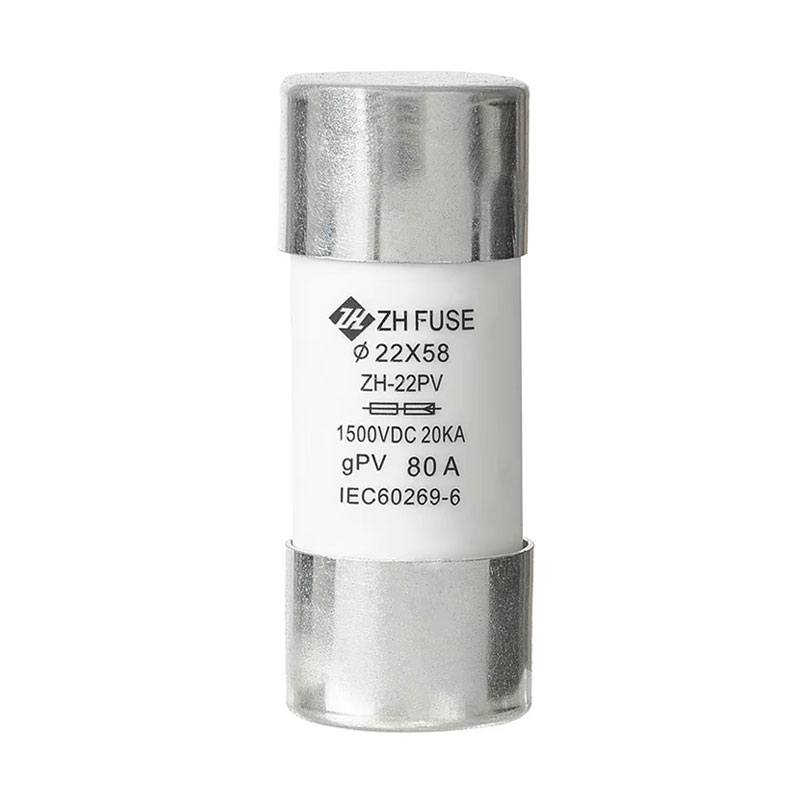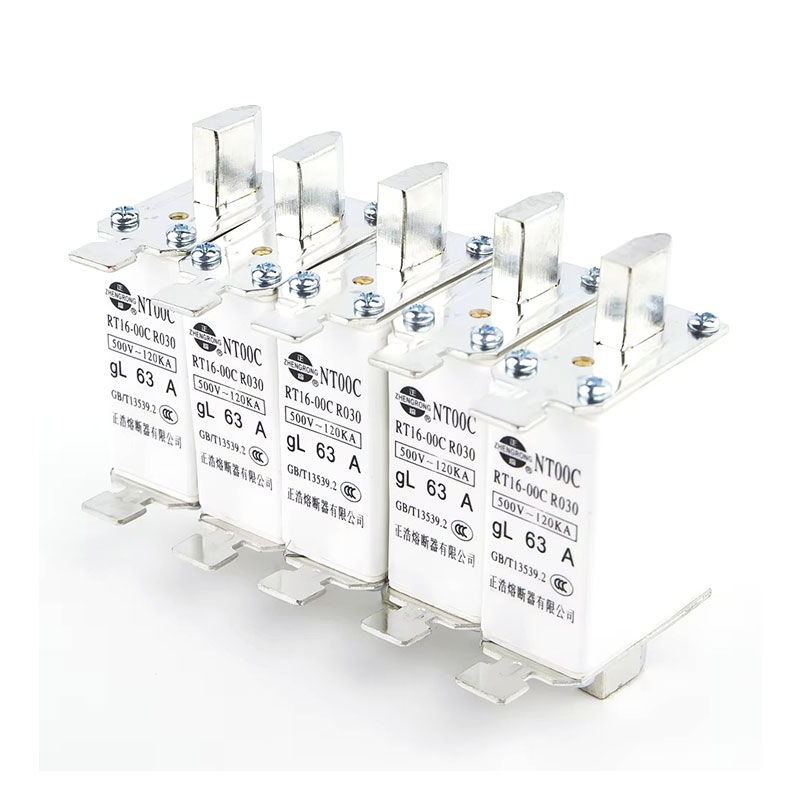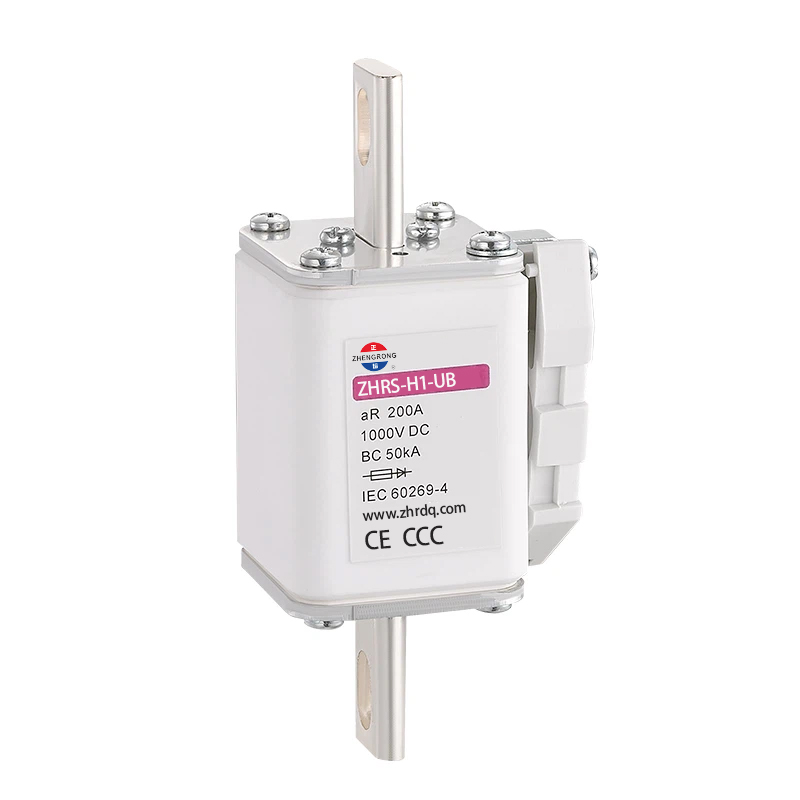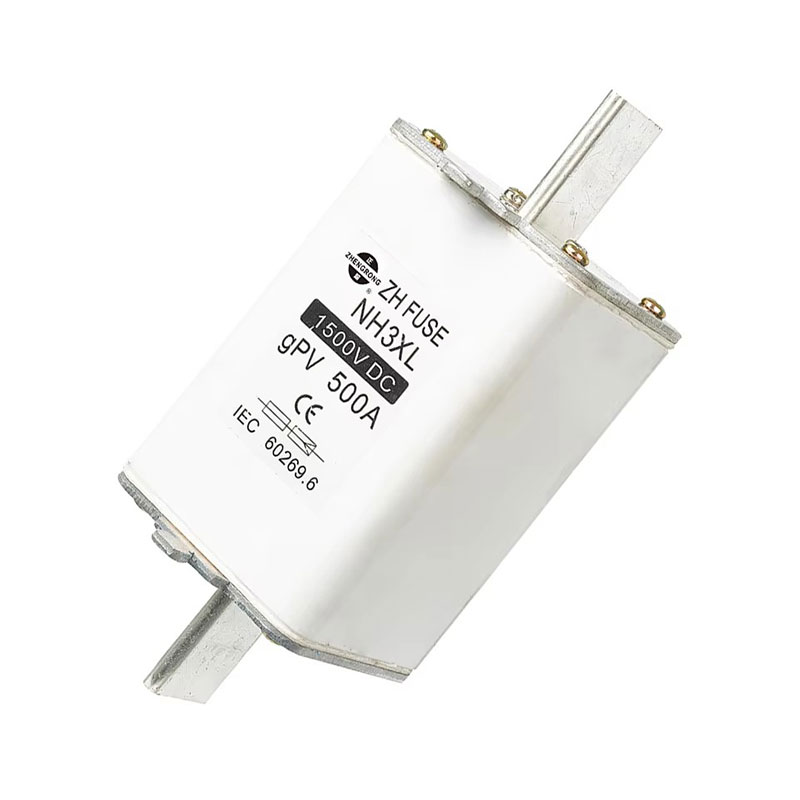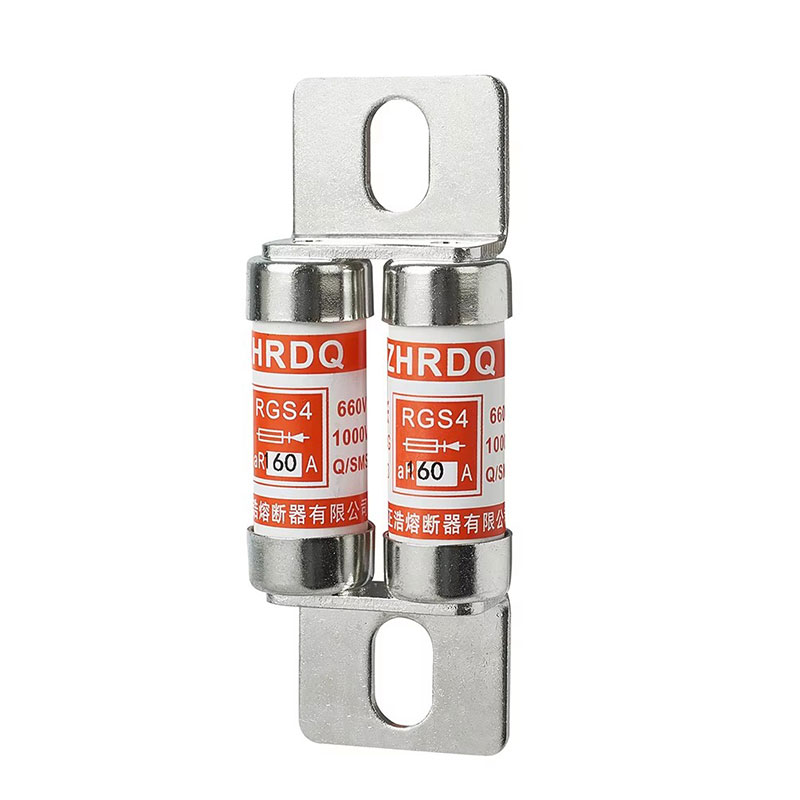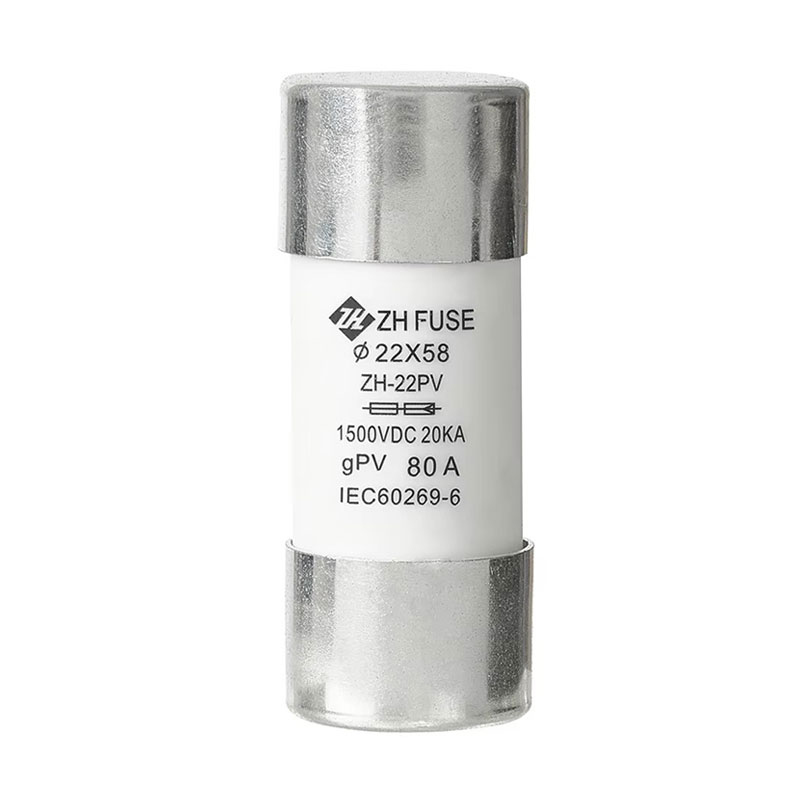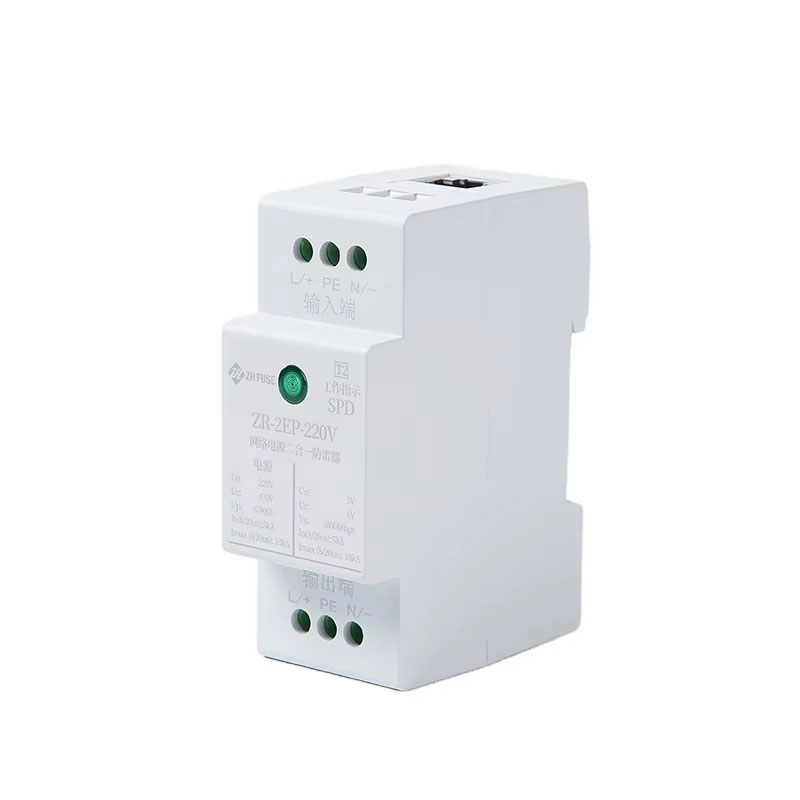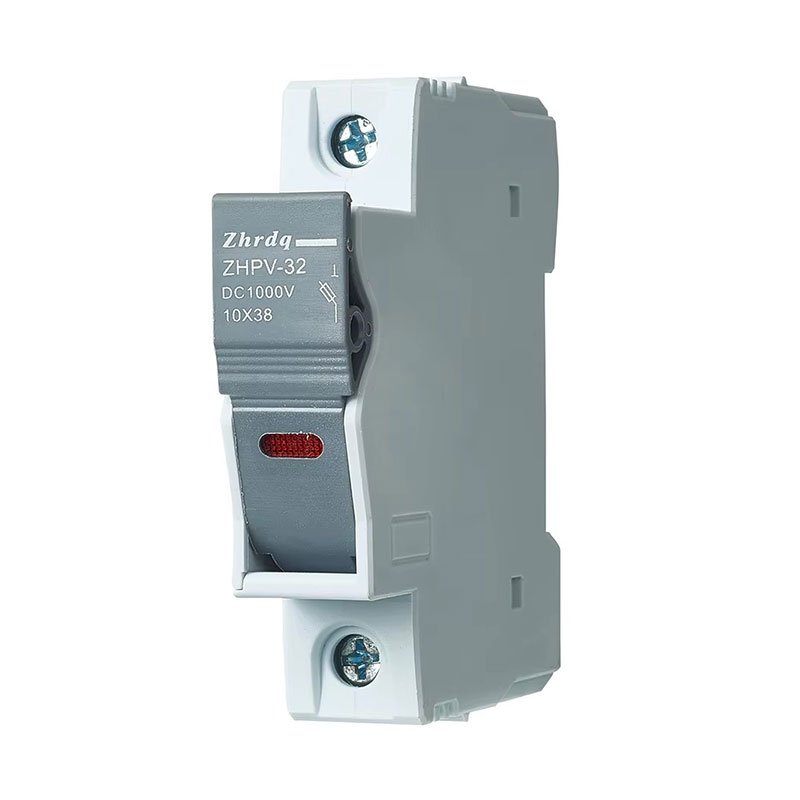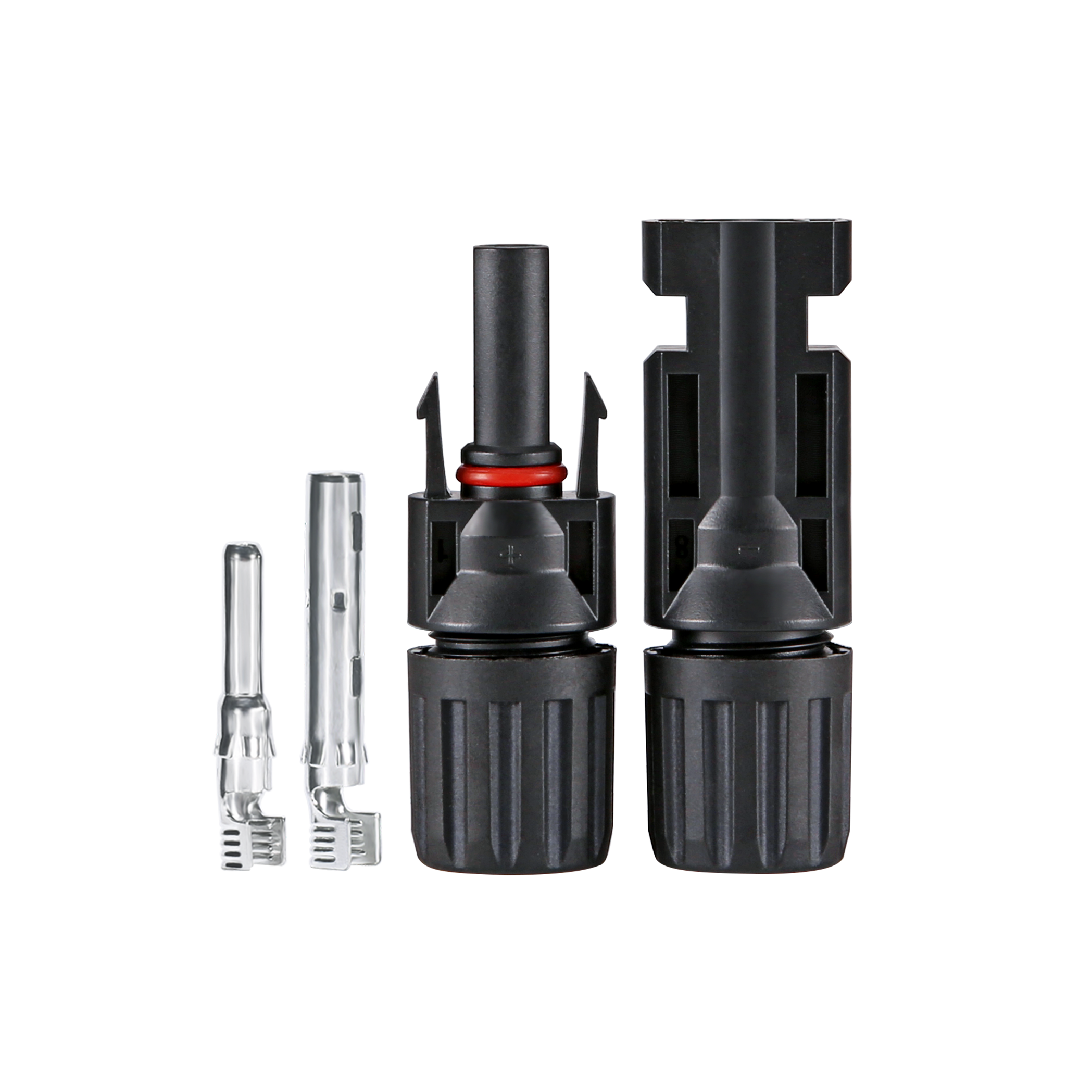Precautions for using fuses
Precautions for using fuses mainly include the following points:
Choose a suitable fuse : When choosing a fuse, you should choose an appropriate current rating according to actual needs. Usually, the fuse's fusing current is set to 1.5 to 2.0 times its rated current. For example, when the total power of household appliances exceeds 1100 watts, a 5-ampere fuse can be selected.
Avoid using too thin fuses : Too thin fuses are easy to blow even under normal current, causing unnecessary power outages. Therefore, be sure to select and use appropriate fuses according to actual needs.
Do not replace thick fuses or substitutes such as copper wire and iron wire at will : These substitutes not only fail to provide protection, but may also cause fire hazards. Never replace thick fuses or substitutes such as copper wire and iron wire at will.
Check the status of the fuse regularly : If the fuse meets the specifications but blows frequently, it may mean that there is a problem with the electrical circuit or electrical equipment. At this time, a professional electrician should be asked to check and eliminate the fire hazard in time.
Understand the main parameters of the fuse: including voltage rating, current rating, breaking capacity and fuse integral. These parameters help ensure that the fuse can work properly and safely disconnect the circuit under specific conditions.
Pay attention to the ambient temperature: The ambient temperature will affect the disconnection time and current carrying characteristics of the fuse. The electrical characteristics of the fuse are rated standard values at an ambient temperature of 25℃.
- Why Your Solar Array's Safety Hinges on Choosing the Right Photovoltaic DC Fuse
- What Makes Float Switches the Key to Smarter and Safer Liquid Level Control in Modern Industries?
- How Does a Cylindrical Fuse Protect Electrical Systems?
- Why Cylindrical Fuses Are the Core of Modern Electrical Protection Systems?
- Why Choose a Screw Type Fuse Over Other Fuse Types
- Constantly having circuit protection issues?


